Bus-sized asteroid to pass Earth by a close margin, NASA says; Know details of close encouner
With the help of its advanced tech, NASA has discovered yet another asteroid that is expected to pass Earth by a close margin today, December 13. Know the details of this close encounter with Asteroid 2023 XH7.

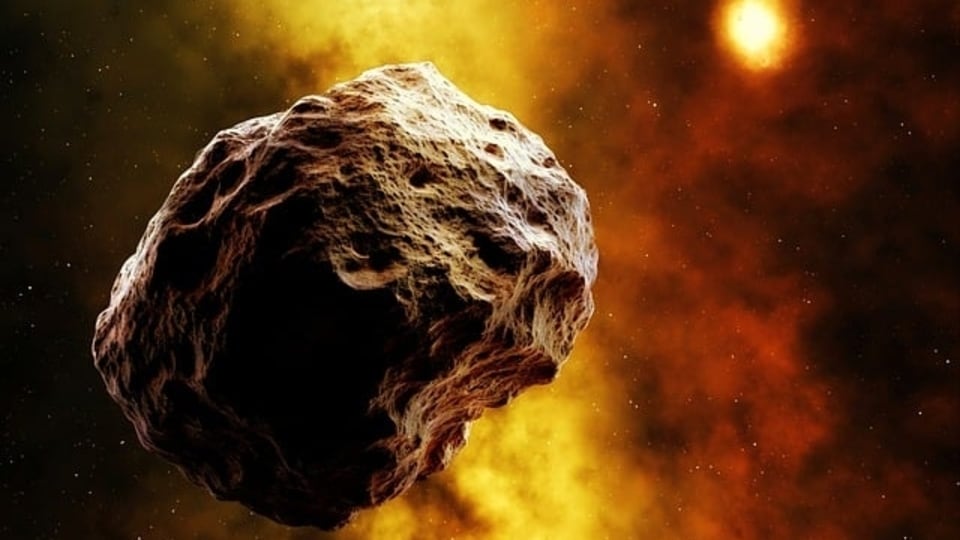
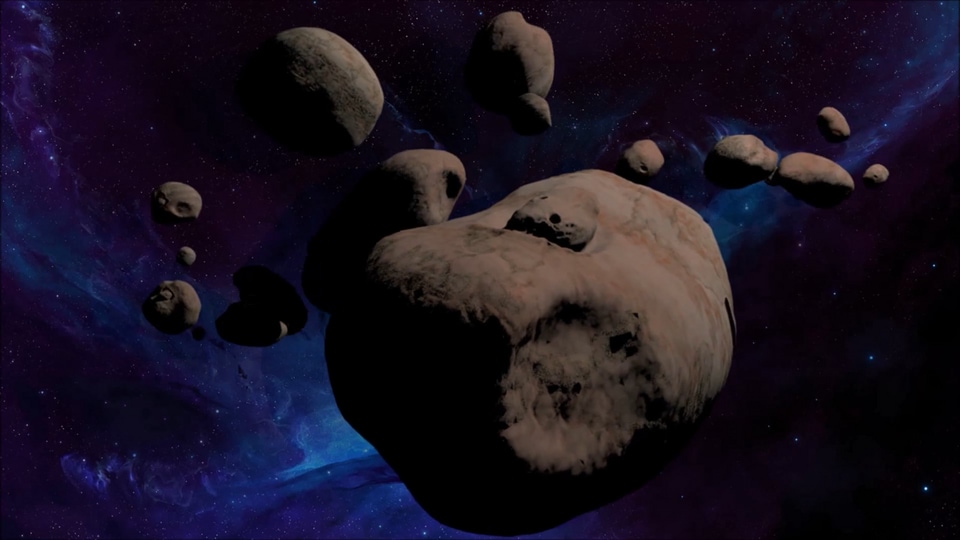
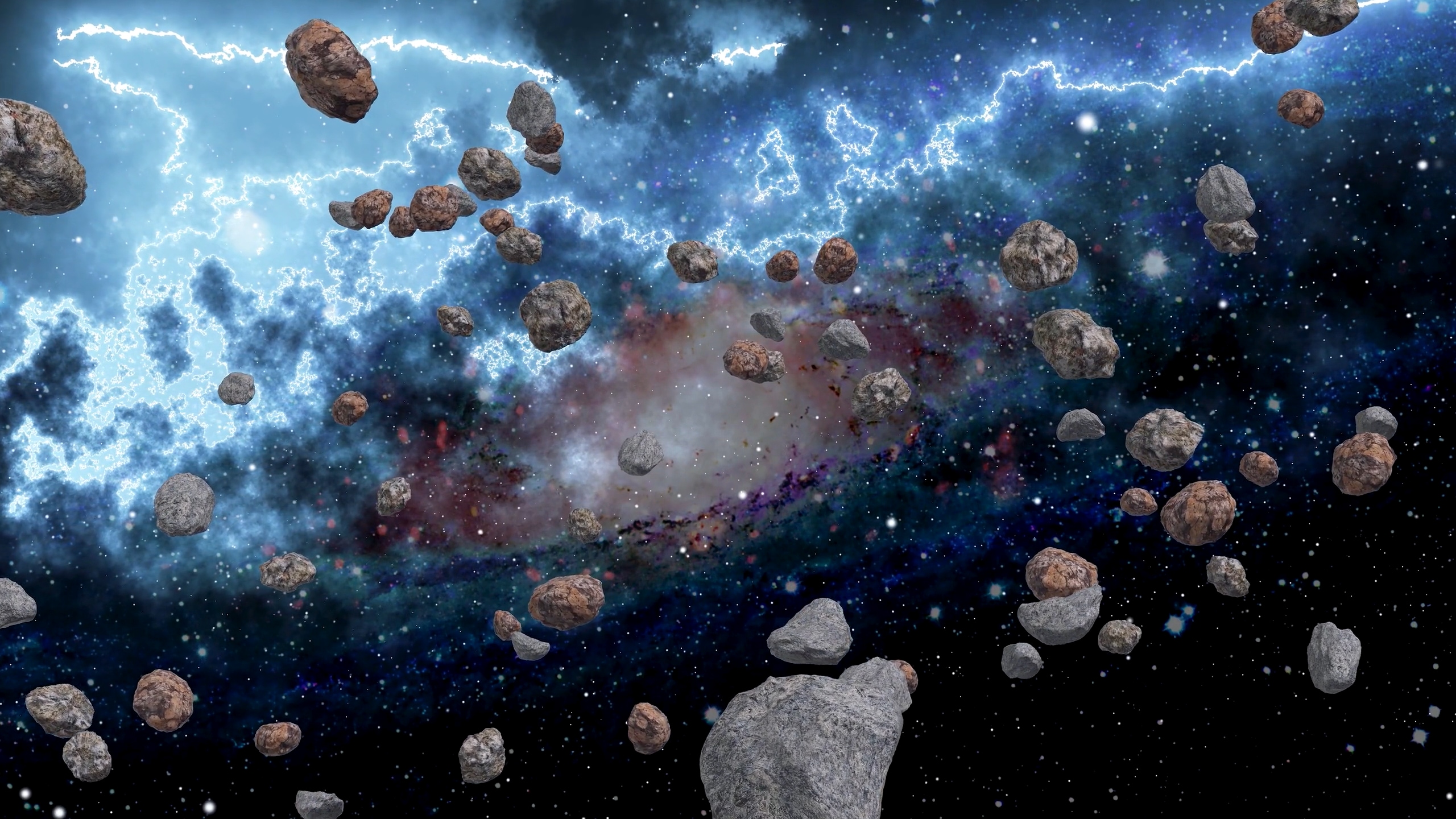
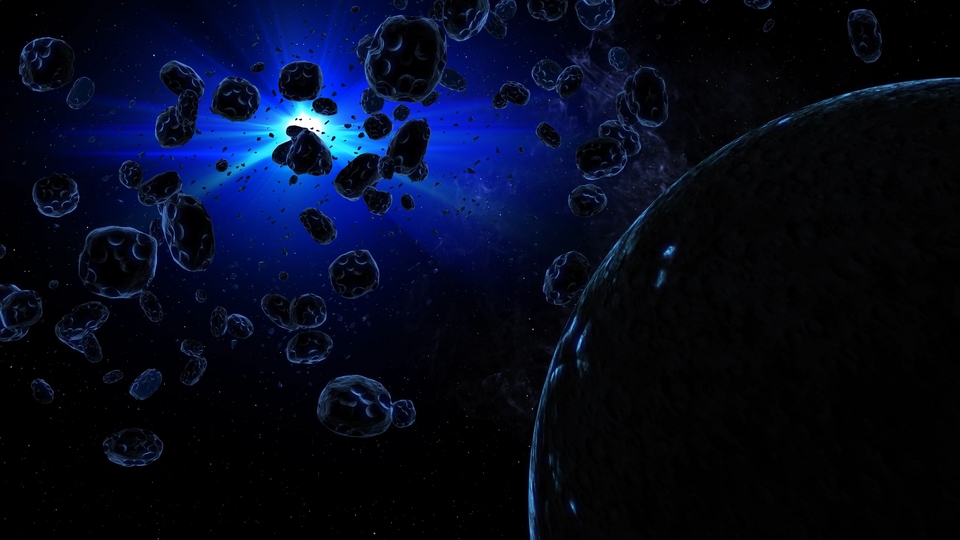
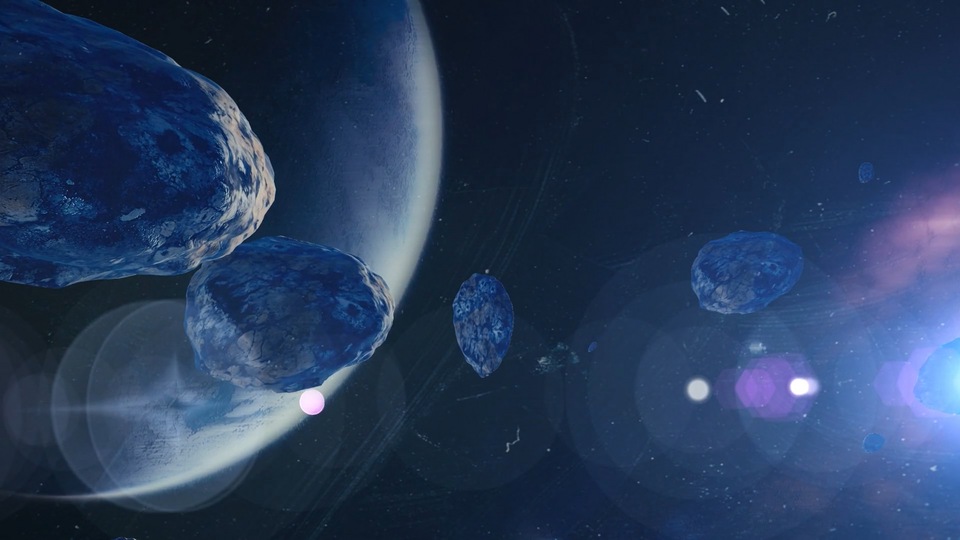
 View all Images
View all ImagesAs many as four asteroids passed by Earth yesterday as their orbits brought them dangerously close to the planet. The most notable among them was designated Asteroid 2023 XO1 by NASA, and it was discovered using the space agency's advanced ground and space-based telescopes such as NEOWISE telescope, Atacama Large Millimeter/submillimeter Array (ALMA), Pans-STARRS1 and Catalina Sky Survey. With the help of such advanced tech, NASA has discovered yet another asteroid that is expected to pass Earth by a close margin today, December 13. Know the details of this close encounter with Asteroid 2023 XH7.
Asteroid 2023 XH7: Close approach details
As per the details revealed by NASA's Center for Near-Earth Object Studies (CNEOS), Asteroid 2023 XH7 is expected to pass Earth at a distance of just 940,148 kilometers. It is already travelling towards Earth in its orbit at 71276 kilometers per hour which is almost as fast as a space shuttle!
This space rock belongs to the Apollo group of Near-Earth Asteroids, which are Earth-crossing space rocks with semi-major axes larger than Earth's. These asteroids are named after the humongous 1862 Apollo asteroid, discovered by German astronomer Karl Reinmuth in the 1930s.
According to NASA, Asteroid 2023 XH7 has passed Earth before and this is not its first close approach to Earth. This asteroid passed Earth for the first time ever on Jul 5, 2020, at a distance of about 9.7 million kilometers. After today, it will come close to Earth again on July 22, 2033, at a distance of 63 million kilometers.
NASA says that this asteroid does not threaten Earth due to its relatively small size. With a width of just 34 feet, Asteroid 2023 XH7 is only as big as a bus. On the other hand, asteroids bigger than 492 feet and which pass Earth closer than 7.5 million kilometers are classified as ‘Potentially Hazardous Objects'.
How does NASA track an asteroid?
When NASA's telescopes such as the NEOWISE telescope, Atacama Large Millimeter/submillimeter Array (ALMA), Pans-STARRS1, and Catalina Sky Survey track a new Near-Earth Asteroid (NEA), astronomers measure the asteroid's observed positions in the sky and report them to the Minor Planet Center. The Center for Near-Earth Object Studies (CNEOS) then uses that data to determine the asteroid's most likely orbit around the Sun, according to NASA.
Catch all the Latest Tech News, Mobile News, Laptop News, Gaming news, Wearables News , How To News, also keep up with us on Whatsapp channel,Twitter, Facebook, Google News, and Instagram. For our latest videos, subscribe to our YouTube channel.
































